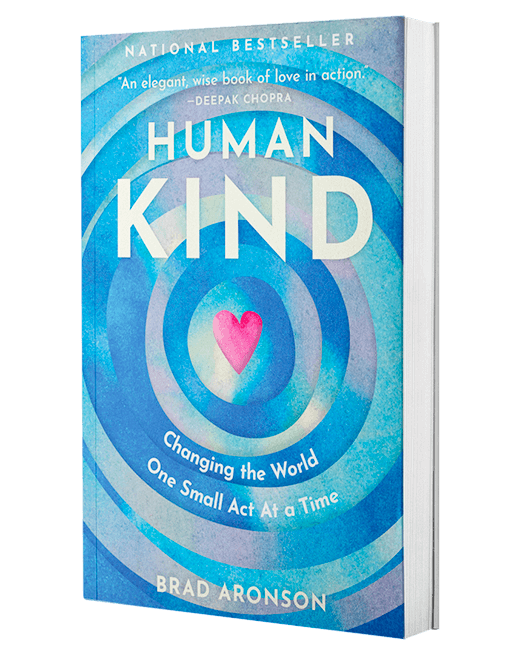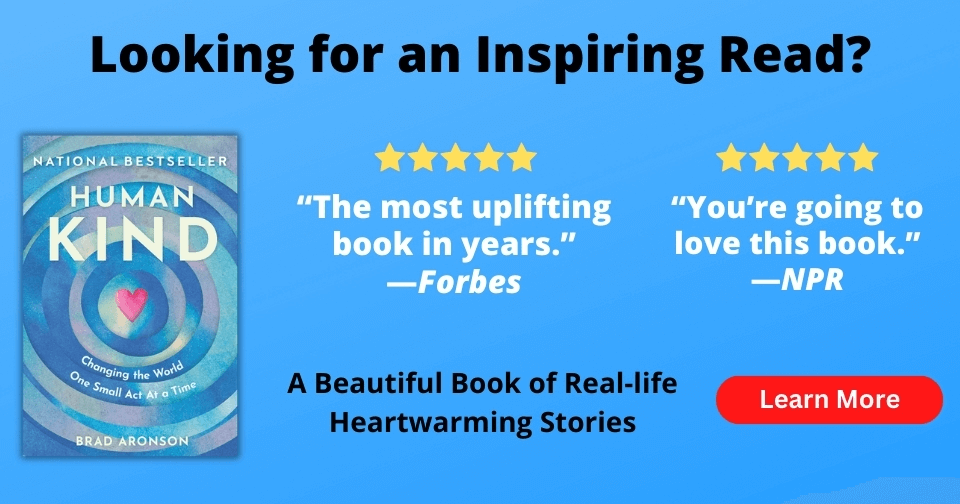Best charities to donate to for high impact
Donations to the nonprofits in this section have an outsize impact and offer extraordinary opportunities to change lives. I’ve also listed a couple of organizations that provide research to help you find worthy nonprofits. Please note that this is a small list of the many high-impact charities and that every donation to a cause you believe in is valuable.
It costs a maximum of about $195 to cure one person’s blindness through the Himalayan Cataract Project (by my calculations), and that figure accounts for all the organization’s overhead and other costs. In 2018, HCP also supported 534 training opportunities for local eye-care professionals so that the project’s work is sustainable, and it reached more than 1.7 million patients with screening and basic treatment. So, for less than $200, you’re curing one person’s blindness, investing in basic eye care and training physicians who will cure thousands of people of blindness.
One in every eight hundred children worldwide is born with clubfoot, a deformity that, if left untreated, leads to an inability to walk. More than two million children have untreated clubfoot, and there are about 175,000 new cases every year. In developed countries, clubfoot is often diagnosed via ultrasound and treated shortly after birth. Children who are treated early typically go on to live healthy, active lives. Unfortunately, 85 percent of children born with clubfoot in low- or middle-income countries have limited access to treatment. These children will often face neglect, physical and sexual abuse, a lack of access to education and the inability to lead a rewarding life. The average total cost for MiracleFeet to treat one child’s clubfoot is $500 (including the organization’s overhead costs).
Less than half of U.S. children living in poverty begin kindergarten with the skills they need to succeed. About 75 percent of them will never catch up and will be more likely to drop out of school than their peers. Experts say that the best way to help children learn these skills is to read with them and that birth through age five is a critical time for this.
Reach Out and Read incorporates early literacy into U.S. pediatric medical practices to reach children in need. At each well-child visit, clinicians talk to parents about reading with their children and provide a brand-new developmentally and culturally appropriate book. The preschool language development of children in the program is three to six months ahead of their peers’, giving them a better chance of succeeding in school. Depending on the region where you live, $15 to $20 provides the books and the program for one family for a year.
Obstetric fistula is a childbirth injury that leaves women with permanent incontinence. Obstetric care has nearly eliminated fistula in developed countries, but there are more than one million women and girls in countries with limited health care access who do suffer from this injury. Many of them are abandoned by their husbands and ostracized by their communities. Fistula most often happens to women in their twenties and can be cured only with surgery.
The cost of a surgery through the Fistula Foundation is $586. On top of surgery, the foundation funds outreach to find the women who need treatment and provides social reintegration programs. It also trains surgeons and health center staff and provides resources, such as vehicles for transporting patients, that benefit all of a hospital’s patients. Based on the total cost of operating the foundation and providing these services, I’ve estimated the cost to transform one woman’s life at $1,298.
These two nonprofits will help you find good places to donate your money
GiveWell is a respected authority in evaluating the most cost-effective giving opportunities. Used by foundations and donors, GiveWell looks for programs that have been studied rigorously and repeatedly, are transparent about their operations and are underfunded. Then it does extensive analysis to recommend the opportunities that it believes will have the biggest impact. Its recommendations are focused on serving the global poor because its staff believes that’s how the most lives can be changed for the money spent.
Here are two organizations that GiveWell recommends:
- Helen Keller International’s (HKI) Vitamin A Supplementation program: This program reduces child mortality, saves and improves vision, and combats malnutrition by providing needed vitamin A supplements. HKI’s program reaches millions of children in thirteen African countries. GiveWell estimates that $1.10 is the cost for HKI to deliver a Vitamin A supplement, and their estimate is that on average, $3,500 donated to HKI will save a child’s life.
- Malaria Consortium
This program provides preventive malaria drugs to children in Africa. GiveWell’s estimate is that, on average, donating $5,000 will save a life.
GiveWell’s numbers incorporate some, but not all, of the other benefits the charities provide with our donations. For example, HKI’s vitamin A supplements not only reduce mortality but also help prevent blindness, anemia, and impaired growth and development of children. The analysis also doesn’t take into account the benefits of polio vaccinations, deworming and “mop-up” immunizations for kids who missed scheduled vaccinations that occur alongside the supplement distribution.
This University of Pennsylvania-based organization provides analysis on opportunities to make a social impact through philanthropy. Focusing on causes as diverse as disaster relief, major global public health issues and the U.S. achievement gap, the center translates the best available information into actionable guidance for those looking to make the greatest possible difference in the lives of others. Reports are available free at https://www.impact.upenn.edu/.
A note on measuring impact: As you evaluate nonprofits, it's worth digging into the numbers. For example, a mosquito net reduces the risk that a child will contract malaria, and a nonprofit might claim that if you donate $20, it buys a net and saves a life. But many of the children who receive nets would have survived without them, and many people won't even use the nets correctly.
It's also common for nonprofits to cite a cost per life saved (or changed) but exclude overhead and administrative expenses in their calculations when our donations need to cover those expenses as well. Ask if any expenses are excluded from calculations when you evaluate nonprofits. Along those lines, it's also common for nonprofits to report a "cost per surgery" that includes only the costs for the materials, leaving out labor expenses and the cost of running the nonprofit. In determining the cost per surgery for nonprofits, I divided the entire yearly expenses of the nonprofit by the number of surgeries; that's the literal cost per surgery. Of course, this leaves us with the highest possible cost of surgery, as some of these nonprofits are doing additional work, but I think it's the most accurate way to measure–and an indication of the enormous return you'll get on your donation if you choose to invest in any of these nonprofits.


